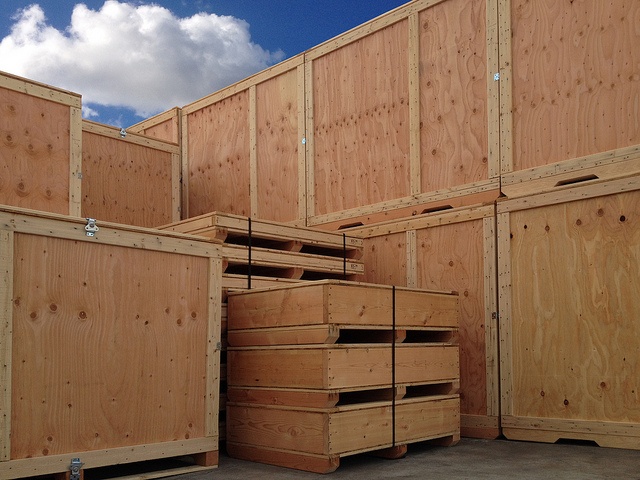ISO is an acronym for International Organization for Standardization. Founded in 1947, ISO is the world’s largest developer of voluntary International Standards. Based in Geneva, Switzerland, ISO is made up of thousands of members from 163 countries and 3,368 technical bodies. To date, the organization has published over 19,500 International Standards which, it says, covers almost all aspects of technology and manufacturing.

Being ISO compliant has many benefits including:
- Enhanced customer satisfaction - Improves quality, enhances customer satisfaction and increases sales
- Cost savings - Optimizes operations and therefore improves the bottom line
- Environmental benefits - Reduces negative impacts on the environment
- Access to new markets - Prevents trade barriers and open up global markets
- Increased market share - Increases productivity and competitive advantage
The environmental benefits of being ISO compliant are plentiful. For starters, the ISO 14000 family of standards covers environmental management. Compliance with these standards helps organizations to quantify their greenhouse gas emissions and communicate on them. For example:
- ISO 14064 and ISO 14065 promote good practice in environmental and energy management
- ISO 14001 and 50001 open up world markets for energy efficient and renewable energy technologies.
- ISO 23045 can help reduce energy consumption and dependency on fossil fuels with the energy efficiency assessment of buildings
- ISO 13153 promotes energy saving design for family homes
According to ISO literature, the standards for ships, aircraft and cars can help reduce emissions and fuel consumption, and ISO standards on emerging technologies such as solar power can help organizations share best practice and drive uptake.
ISO has dozens of standards for packaging. Collectively, these packaging standards help reduce negative impacts on the environment and the company’s carbon footprint. Some standards include:
|
|
Although a company cannot be certified directly by ISO, a number of private entities certify, register or accredit based on strict compliance with ISO standards. Certification, registration, and accreditation are optional, as companies can still follow ISO standards on their own in order to do their part to help save the environment. However, many consumers and others seek out ISO compliant companies that carry Certification, Registration or Accreditation as proof that the company they are doing business with cares about the environment.
For more information about ISO Compliance, visit the official International Organization for Standardization website. By the way, Valley Box is ISO 9001 Compliant. Learn more about us and review our registrations and certifications.
Find out how Valley Box is helping save the environment today! Visit the "Green" section of our website.




